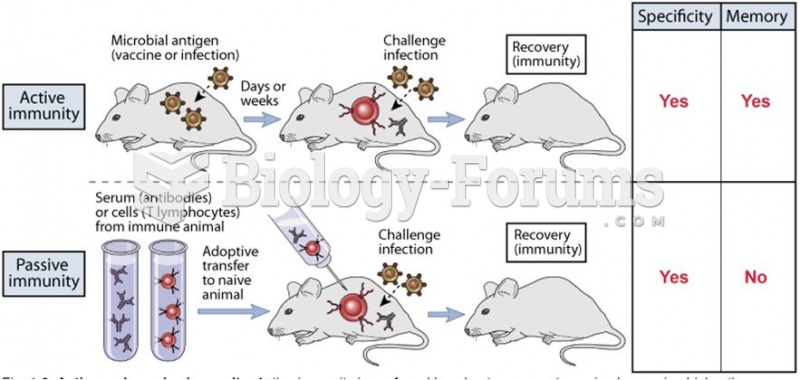Answer to Question 1
Project ACTIVE was a longitudinal research study created by Sherry Willis. It was designed to investigate the impact of training on primary mental abilities. Beginning in the 1990s, ACTIVE was a randomized and controlled clinical research project.
Initially, six different centers enrolled more than 3,000 people in the study. Could cognitive training enhance mental abilities (such as memory, reasoning, and attention) and preserve IADLs (such as managing one's finances and taking medications)? To summarize, the findings showed that cognitive training improved mental abilities and daily functioning in older independent living adults. The training gains lasted several years. There was one caveat. Those with a mild cognitive impairment did not benefit from memory training, but they did benefit from training on reasoning and speed of processing.
Answer to Question 2
In the sensorimotor period, infants and very young children learn about the environment by using their senses and motor skills. In the first two years of development, they learn about object permanence (that an object out of sight still exists). In the preoperational period, young children's thinking is egocentricthat is, they believe everyone sees the world as they do. They may perceive events as causal that are not (Dad shaving causes the water in the bathroom sink to turn on). Their thinking is not yet governed by logic. In the concrete operational stage, children come to understand classification, reversibility, and transivity. However, children in this stage still do not understand abstract concepts. The last of Piaget's stages, formal operations, is characterized by hypothesis testing and abstract reasoning.







